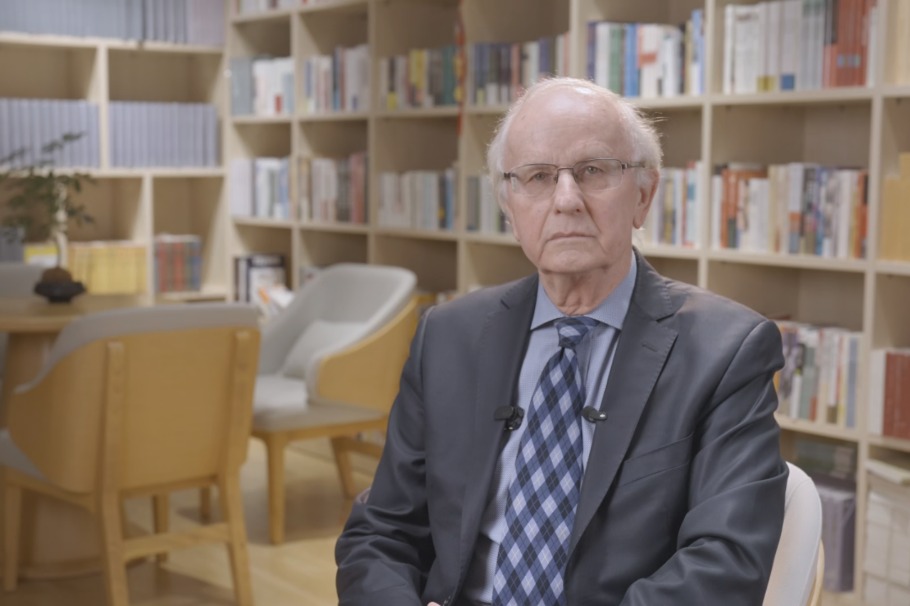Reusable rocket in development

Chinese rocket engineers want to be able to recover the first stage of the Long March 8 carrier rocket after use.
The rocket is still in development and is expected to make its maiden flight around 2021.
The Long March 8 is part of China's effort to develop reusable space vehicles, Long Lehao, chief designer of carrier rockets at the China Academy of Launch Vehicle Technology, said at a space conference in Harbin, Heilongjiang province.
The Long March 8 will have two stages and two boosters: The first stage and boosters are expected to be retrieved through vertical landing, said Long, who is also an academician of the Chinese Academy of Engineering. If successful, the new rocket will provide commercial launch services to customers around the globe, he said.
"China's aerospace industry is making efforts to develop low-cost vehicles that can enter space rapidly to support future large-scale space exploration and promote a commercial space industry," he said.
Bao Weimin, director of the Science and Technology Commission of the China Aerospace Science and Technology Corporation and an academician of the Chinese Academy of Sciences, said China's reusable carrier vehicle will use technologies different from those of the US commercial space company SpaceX.
"As the current Long March 2, 3 and 4 series rockets are fueled by toxic propellants, they cannot be recycled. But we are developing technologies to precisely control the fall of the rocket remains to ensure safety," Long said.
That effort is important, as residents in possible landing areas must be evacuated for every launch. As China's aerospace activities become more frequent, with 36 launches planned this year, precise control of falling rocket remains could save a lot of trouble.
Long also presented the development road map for China's space transportation system.
Around 2025, reusable suborbital carriers will be successfully developed, and suborbital space travel will be realized. Around 2030, rockets with two reusable stages will be developed. Around 2035, carrier rockets will be completely reusable, which could lead to the realization of the dream of space travel for ordinary people.
A future generation of carrier rockets will be put into use around 2040 and hybrid-power reusable carriers will be developed. Space vehicles will be more diverse, intelligent, reliable, low-cost, efficient and convenient, Long said.
"Those targets are not easy to achieve, and lots of technological difficulties must be overcome," he said.
Xinhua
- Former top railway official expelled from CPC
- Mainland says Taiwan's Lai a 'peace breaker' and 'troublemaker'
- New materials reinforce Nanjing war truth
- Beijing court launches a groundbreaking initiative by appointing 21 retired judges as mediators
- Former legislator of Fujian sentenced to death
- Tracing Xiamen's growth from Internet All-media Tour



































